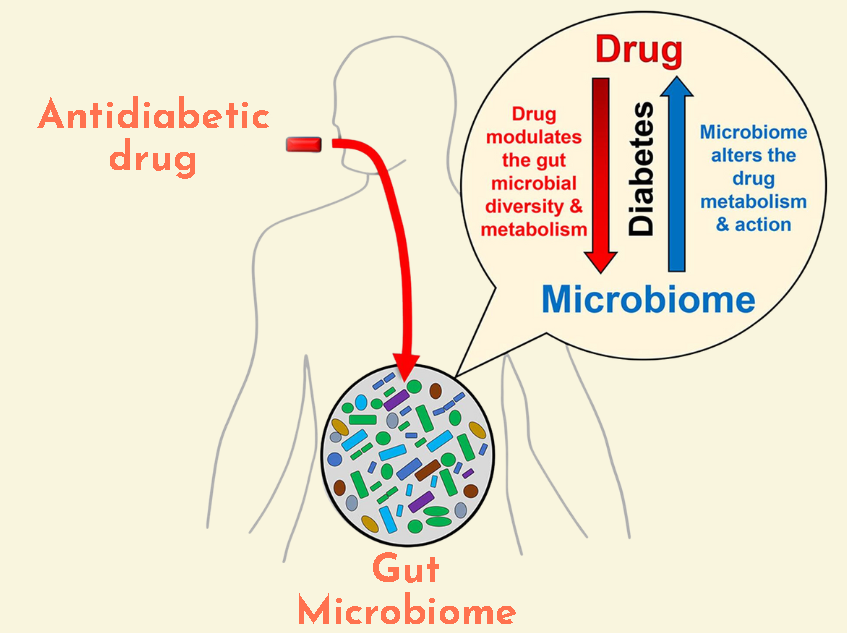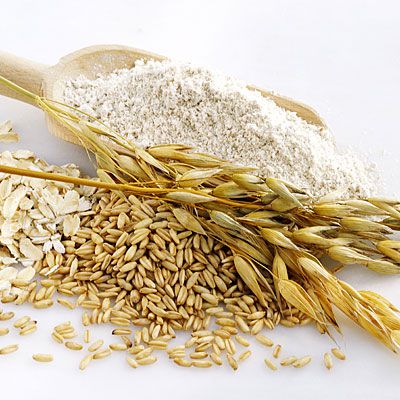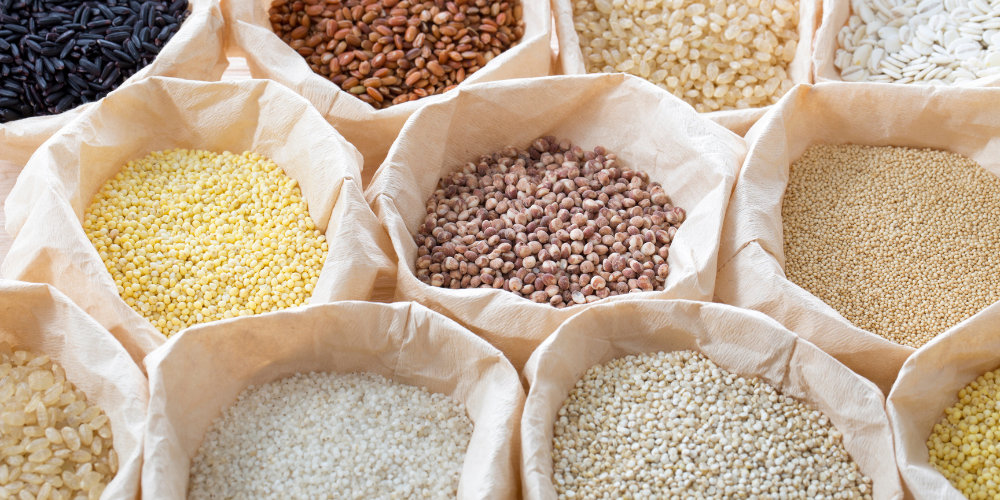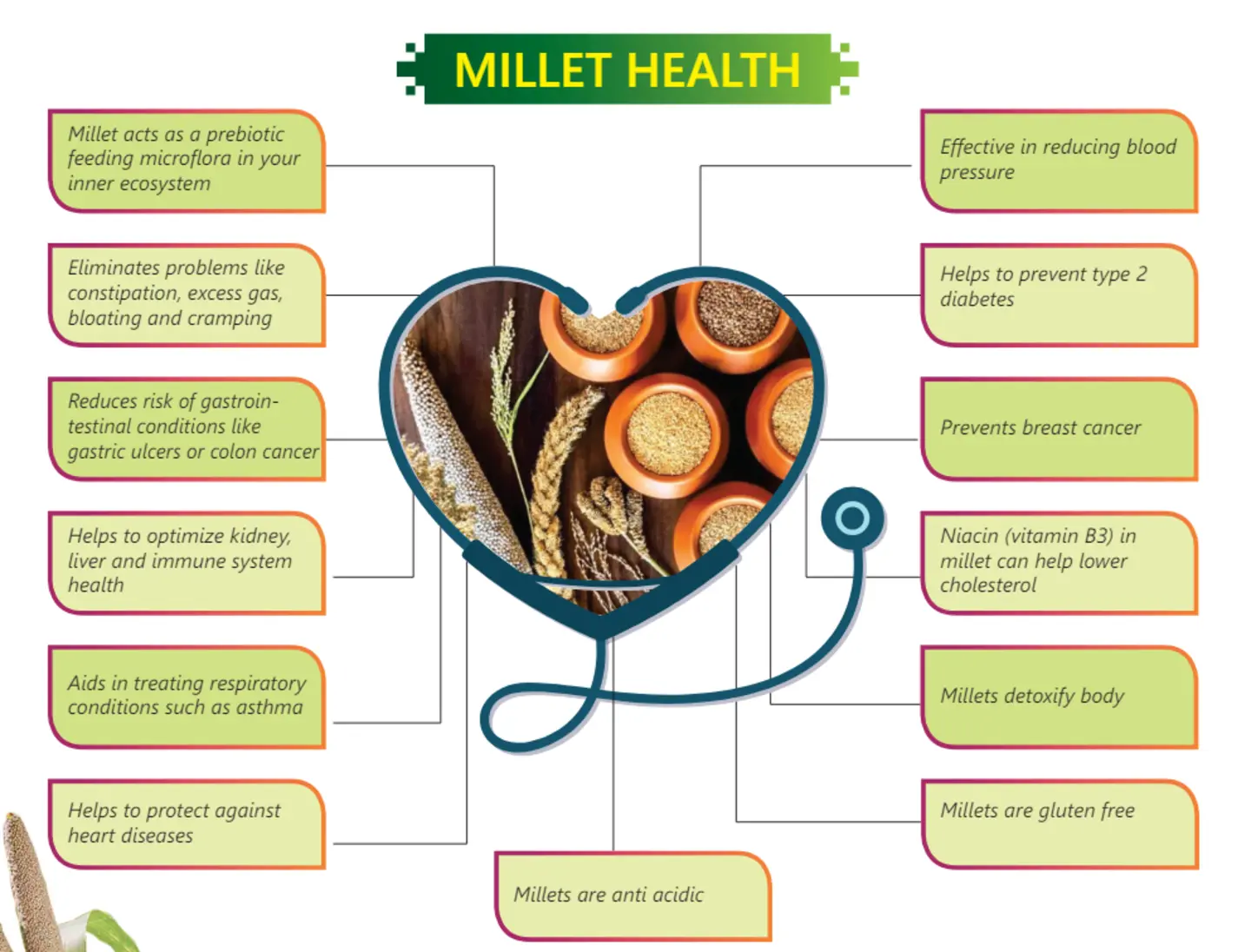Diabetes & Gut Health: The Role of Natural Grains
Diabetes and gut health are two interconnected aspects of overall well-being. A balanced diet plays a crucial role in managing blood sugar levels and maintaining a healthy digestive system. One of the best ways to achieve this balance is by incorporating natural grains into your diet. Unlike refined grains, natural grains are rich in fiber, essential nutrients, and beneficial compounds that support gut microbiota and help regulate blood sugar levels.
In this comprehensive guide, we will explore the relationship between diabetes and gut health and highlight how natural grains can be a game-changer for those looking to manage their health effectively.
Understanding the Link Between Diabetes & Gut Health
The Gut Microbiome and Its Role in Metabolism
The gut microbiome consists of trillions of bacteria that aid digestion, support immunity, and influence metabolic functions. A healthy gut microbiome:
- Regulates blood sugar levels
- Reduces inflammation
- Enhances insulin sensitivity
- Supports nutrient absorption
An imbalance in gut bacteria (dysbiosis) can contribute to insulin resistance, obesity, and metabolic disorders, increasing the risk of Type 2 diabetes.
How Diabetes Affects Gut Health

People with diabetes often experience:
- Slower digestion (due to gastroparesis)
- Imbalance in gut bacteria, leading to increased inflammation
- Higher risk of constipation or diarrhea
- Weakened gut barrier, which can allow toxins to enter the bloodstream
A diet rich in natural grains can restore gut balance, improve digestion, and regulate blood sugar levels.
Benefits of Natural Grains for Diabetes & Gut Health

1. Rich in Fiber for Blood Sugar Control
Natural grains contain soluble and insoluble fiber, which:
- Slows down glucose absorption, preventing blood sugar spikes
- Supports digestive health by promoting regular bowel movements
- Enhances gut bacteria diversity
Best high-fiber grains for diabetics:
- Millets (Foxtail, Bajra, Jowar)
- Quinoa
- Brown Rice
- Barley
- Oats
2. Low Glycemic Index for Steady Energy Levels
The glycemic index (GI) measures how quickly a food raises blood sugar levels. High-GI foods cause sugar spikes, while low-GI foods provide steady energy.
Low-GI natural grains:
- Quinoa (GI: 53)
- Barley (GI: 28-66, depending on processing)
- Millets (GI: 54-68)
- Brown Rice (GI: 50-55)
- Whole Wheat (GI: 45-55)
3. Prebiotic Properties for Gut Health
Some natural grains act as prebiotics, feeding good bacteria in the gut. This promotes digestion and strengthens the gut lining, preventing leaky gut syndrome and inflammation.
Best prebiotic grains:
- Barley
- Oats
- Whole Rye
- Millet
4. Anti-Inflammatory Effects
Chronic inflammation is a common issue in diabetes. Natural grains contain antioxidants and polyphenols that help fight inflammation, reducing insulin resistance and improving metabolic health.
5. Better Nutrient Absorption
Unlike refined grains, natural grains are loaded with essential minerals like magnesium, zinc, and iron, which play a role in:
- Insulin function
- Nerve and muscle health
- Immune system support
Best Natural Grains for Diabetes & Gut Health
1. Millets
Millets are gluten-free, rich in fiber, and packed with essential nutrients. They help in:
- Managing diabetes by lowering blood sugar levels
- Enhancing gut health with their high fiber content
- Reducing cholesterol and improving heart health
Ways to include millets in your diet:
- Millet porridge for breakfast
- Roti made with millet flour
- Millet-based salads and soups
2. Quinoa
Quinoa is a complete protein, meaning it contains all essential amino acids. It is beneficial for:
- Controlling blood sugar levels
- Supporting digestion with its high fiber content
- Reducing cravings and promoting weight management
3. Barley
Barley is one of the best grains for gut health due to its beta-glucan fiber, which helps:
- Lower cholesterol levels
- Improve insulin sensitivity
- Support gut bacteria growth
How to eat barley:
- Barley soup
- Barley flour in baking
- Sprouted barley salads
4. Brown Rice
Brown rice is a healthier alternative to white rice because:
- It has a lower glycemic index
- It is packed with fiber and antioxidants
- It helps in weight management and digestion
Tip: Soak brown rice before cooking to enhance its nutrient availability.
5. Oats
Oats contain beta-glucan, a type of soluble fiber that helps in:
- Reducing blood sugar levels
- Improving gut bacteria composition
- Keeping you full for longer
Ways to consume oats:
- Overnight oats with fruits
- Oat flour pancakes
- Oat-based smoothies
How to Incorporate Natural Grains into Your Daily Diet
:max_bytes(150000):strip_icc()/healthy-meals-heathiest-grains-01-2000-e7aab23640f3482f8f1b859bb48ce2c8.jpg)
1. Replace Refined Grains with Whole Grains
- Switch from white rice to brown rice or quinoa
- Use millet flour instead of refined flour for rotis
- Choose whole grain pasta over white pasta
2. Start Your Day with High-Fiber Grains
- Oatmeal or millet porridge
- Quinoa smoothie bowl
- Whole grain toast with nut butter
3. Include Whole Grains in Snacks
- Popcorn (a whole grain!)
- Millet crackers
- Homemade energy bars with oats and nuts
Final Thoughts
Natural grains are a powerful tool in managing diabetes and maintaining a healthy gut. They provide essential nutrients, stabilize blood sugar levels, and support digestive health, making them an excellent choice for long-term wellness. By making simple swaps and including these grains in your daily diet, you can improve your overall health and well-being.



